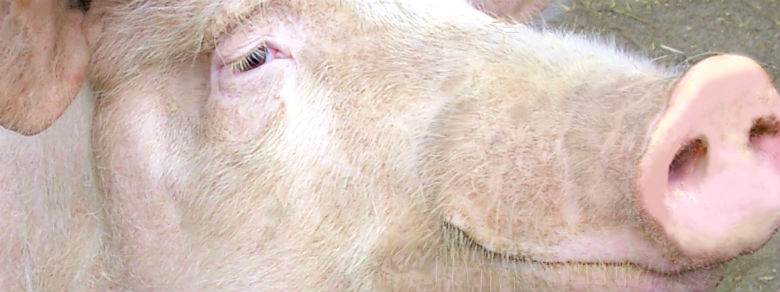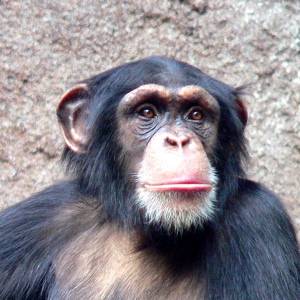Hidden evolutionary relationship between pigs and primates revealed by genome-wide study of transposable elements

|
|
A new survey of transposable elements in pigs shows that these animals are more closely related to primates than has heretofore been supposed. In a recent Phys.org article, John Hewitt discusses this new-found relationship:

9/23/2015 (Phys.org)—In the past, geneticists focused primarily on the evolution of genes in order to trace the relationships between species. More recently, genetic elements called SINEs (short interspersed elements) have emerged as a much better way to trace mammalian phylogeny, at least in the time since its massive radiation some 60 million years ago. That's because the prolific SINE family evolved differently in every lineage to become widespread throughout the entire genome of each. But SINEs are more than just highly mobile markers, they have specific functions—functions which researchers are now decoding to understand not just how, but why they move about like they do. Continue reading this article on Phys.org >>